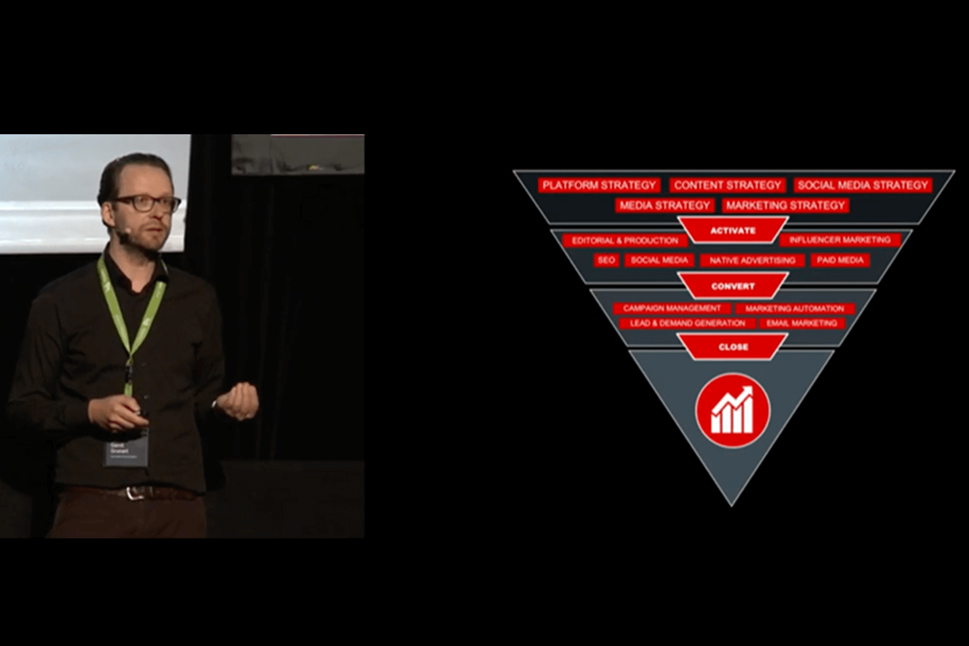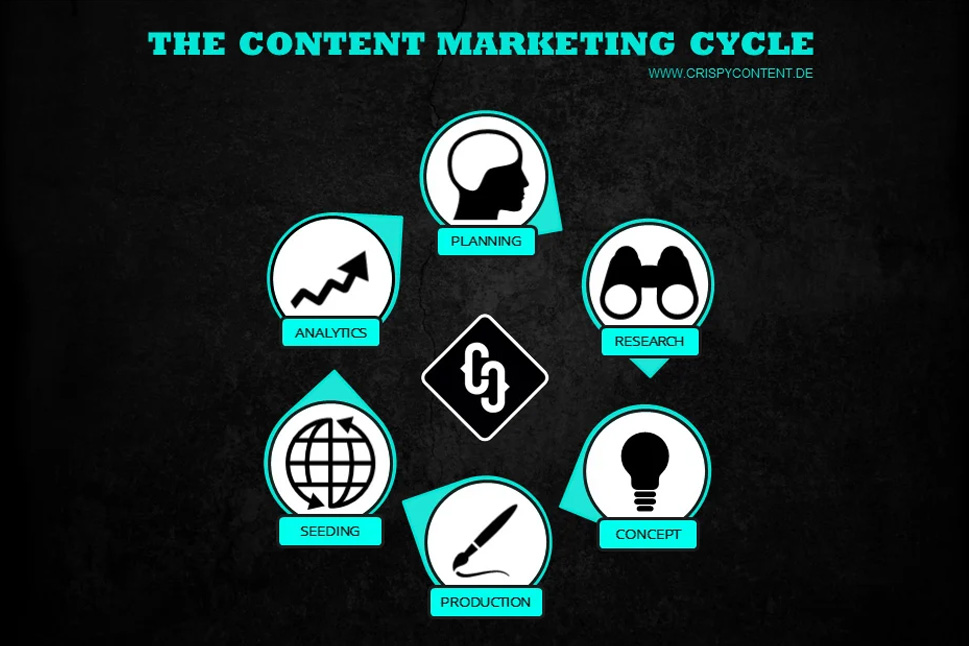Clear ROI: Controlling Marketing Budgets with Metrics
Last updated on July 11, 2025 at 06:30 AM.In marketing, one thing is constant: the pressure to prove value. This is especially true in medium-sized businesses and corporate environments, where budgets are frequently scrutinized. Content costs are rising, yet demonstrating measurable impact often remains difficult. Without clear ROI proof, content is quickly labeled a cost center instead of a value driver. Classic questions like “Which metrics really matter?” or “How can we show tangible results?” are no longer abstract – they’re part of daily operations. Today’s marketing leaders must deliver answers: data-driven, understandable, and transparent for all stakeholders.

Marketing leadership in global SMEs: Budget pressure and proof of value
The expectation is clear: marketing investments must pay off. Content without proven impact is difficult to justify in times of tight budgets. As a result, marketing teams increasingly find themselves needing to defend their work. There’s growing uncertainty about whether the same budget will still be available next quarter.
We often see the same challenges across companies: campaigns are launched, dashboards are built, but marketing teams struggle to communicate their impact internally. What’s often missing is a shared understanding of how to measure and present success. The result? Poor decision-making foundations and weak standing compared to other departments.
Creating transparency: How the right metrics change the conversation
Many companies—especially in B2B and corporate settings—face similar issues: initiatives are cut because value isn’t clear. A typical scenario: leadership demands cuts, citing high content and communication costs. Without reliable data, marketing becomes a cost center. This trend isn’t isolated—it’s industry-wide. Projects get canceled or budgets slashed because impact isn’t convincingly shown.
Transparency means more than collecting data. It requires a shared understanding of which metrics truly matter. Too many dashboards are cluttered with numbers disconnected from business results. What’s needed is clarity: Which KPIs actually contribute to goals? How can reach, engagement, leads, and pipeline be framed to inform decisions?
From data overload to decision-making
In B2B marketing, the goal isn’t to maximize random metrics but to manage the right ones. Reach may indicate brand awareness. Engagement shows interest in content. Leads and pipeline reflect sales impact. The key is building a framework from many data sources that’s both meaningful and usable for everyone involved.
Choosing the right metrics remains a challenge. Vanity metrics like likes and page views are often overemphasized, while actual revenue drivers are overlooked. Companies that define a clear KPI framework lay the foundation for data-driven decisions. This allows better prioritization and focused resource use.
Dashboards, tools, and responsibilities: The technical foundation of marketing impact
Technical infrastructure is crucial for impact-oriented marketing. Tools and dashboards aren’t IT ends in themselves—they’re about making results understandable and accessible. What matters is clarity on who owns which KPIs and how the data is interpreted.
But in practice, time is often lacking to manage data properly. Dashboards may be set up, but responsibilities are unclear, user guidance is overly complex, and presentations are too technical. A pragmatic approach helps: less is more. Clear responsibilities, simple visualizations, and regular team alignment foster understanding and buy-in.
Reviews and iteration in international marketing
In international contexts, regular reviews and iterations are especially valuable. Markets, audiences, and budgets shift constantly. Without continuous learning and adaptation, relevance is at risk.
One proven method: structured lessons learned sessions. What worked? What fell short? What needs to change? This kind of feedback loop not only improves outcomes but builds collective knowledge within the team.
Metrics as a steering instrument
Marketing leaders must make complex cause-effect relationships understandable—internally and externally. Data is the most important communication tool. But: not every KPI suits every audience. While teams need detailed figures, executives care about business outcomes and revenue impact.
Clearly communicating results in a way that fits each stakeholder group is critical. Leaders who can demonstrate impact with just a few key metrics and make data-driven arguments earn trust and gain support for investments.
Recommendations: Getting started with impact measurement
Start with an honest audit: What data do you already have? Which KPIs are being used—and why? Next, assign responsibilities and build a simple, clear dashboard. Focus on a few relevant KPIs rather than overwhelming with numbers.
Forming an internal task force is a great next step—one that reviews results, evaluates actions, and suggests changes. Add in lessons learned formats to anchor and grow expertise in the team.
From theory to practice: How to create change in your own organization
Innovative tools like predictive analytics or automated reporting can support your efforts—but success depends on reducing complexity and involving the whole team. Training in dashboards and KPI frameworks helps reduce uncertainty and build acceptance for data-based decision-making.
Successful companies prioritize transparency, ongoing communication, and continuous improvement. The result? Better outcomes and a shared understanding of what marketing efforts truly deliver.
A guide as a foundation: Creating clarity and proving impact
Implementing impact-driven KPIs doesn’t happen overnight. It requires a structured approach that includes everyone and connects data with decision-makers. A clear guide that explains methods, decodes metrics, and contextualizes trends helps orient teams and establish standards.
Companies that follow this path become trusted partners to management—securing budgets by making their impact visible and measurable.
Would you like to prove your marketing’s value more clearly and safeguard your budget? A structured, data-based guide can help you present your results in a way that’s understandable and compelling.
Creative, smart and talkative. Analytical, tech-savvy and hands-on. These are the ingredients for a content marketer at Crispy Content® - whether he or she is a content strategist, content creator, SEO expert, performance marketer or topic expert. Our content marketers are "T-Shaped Marketers". They have a broad range of knowledge paired with in-depth knowledge and skills in a single area.









.png)











.jpg)

-1.jpg)

-1.jpg)
.jpg)



.jpg)













.jpg)







.jpg)

































.jpg)












































